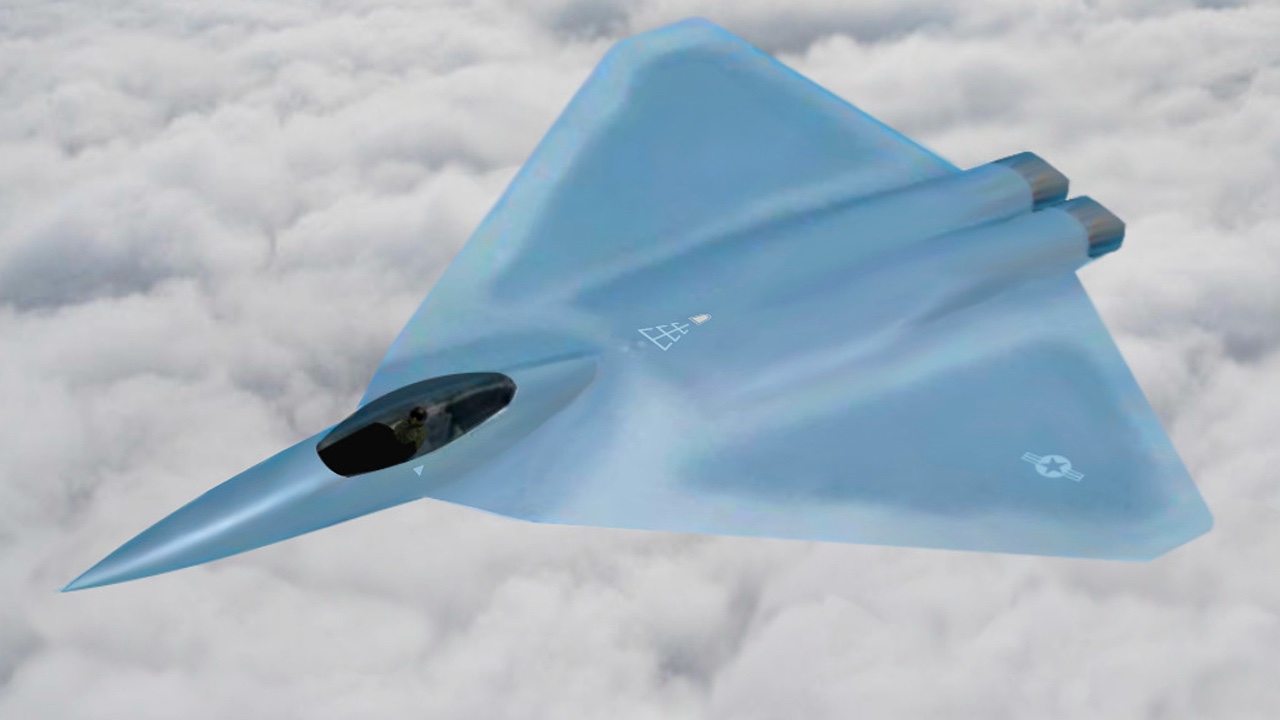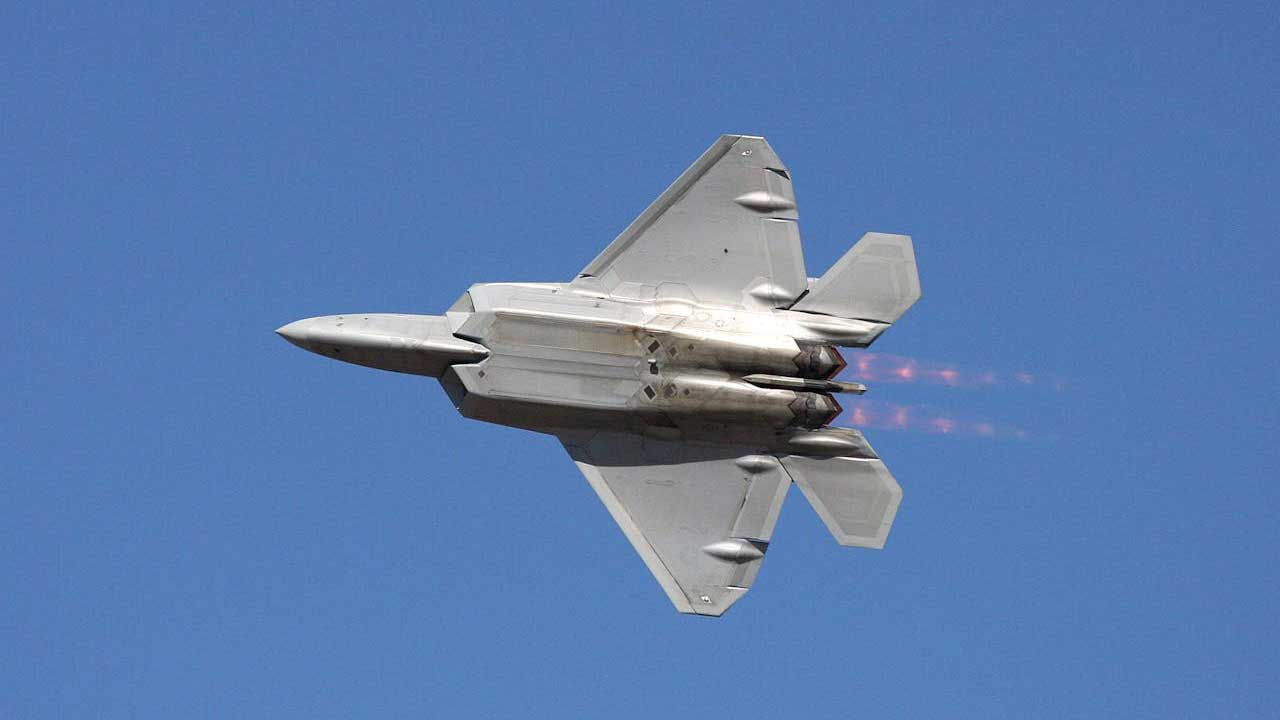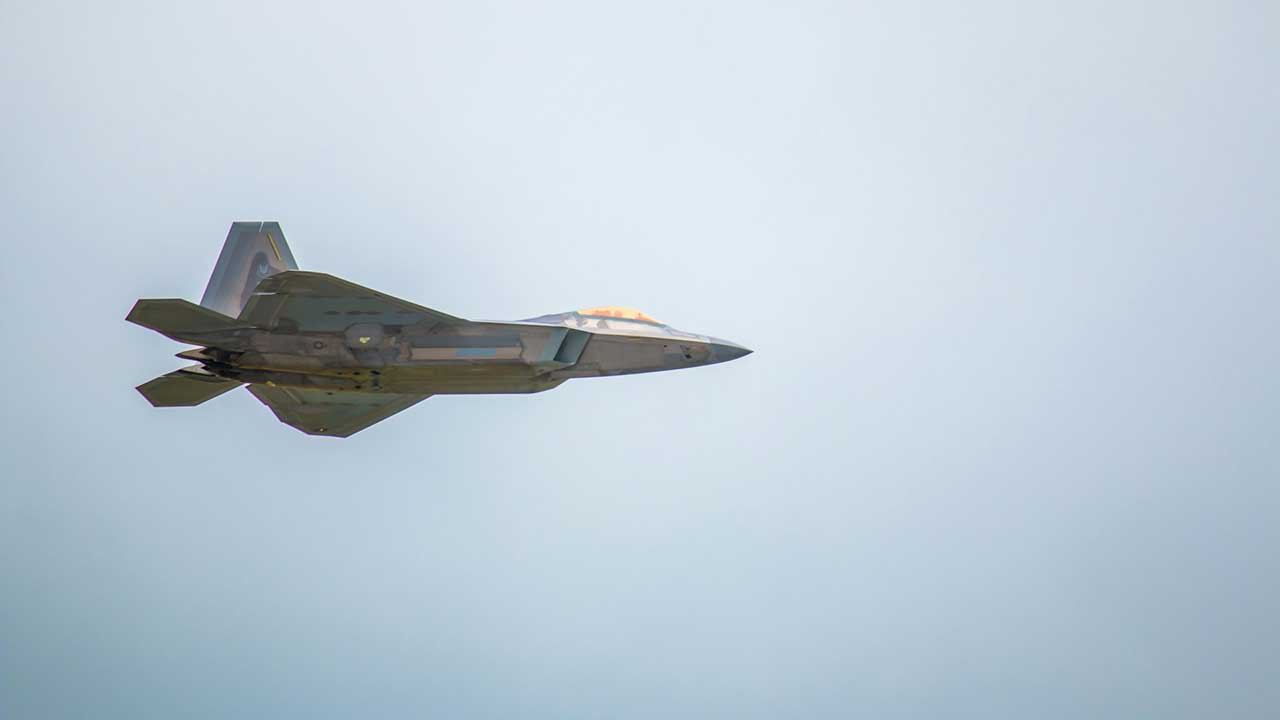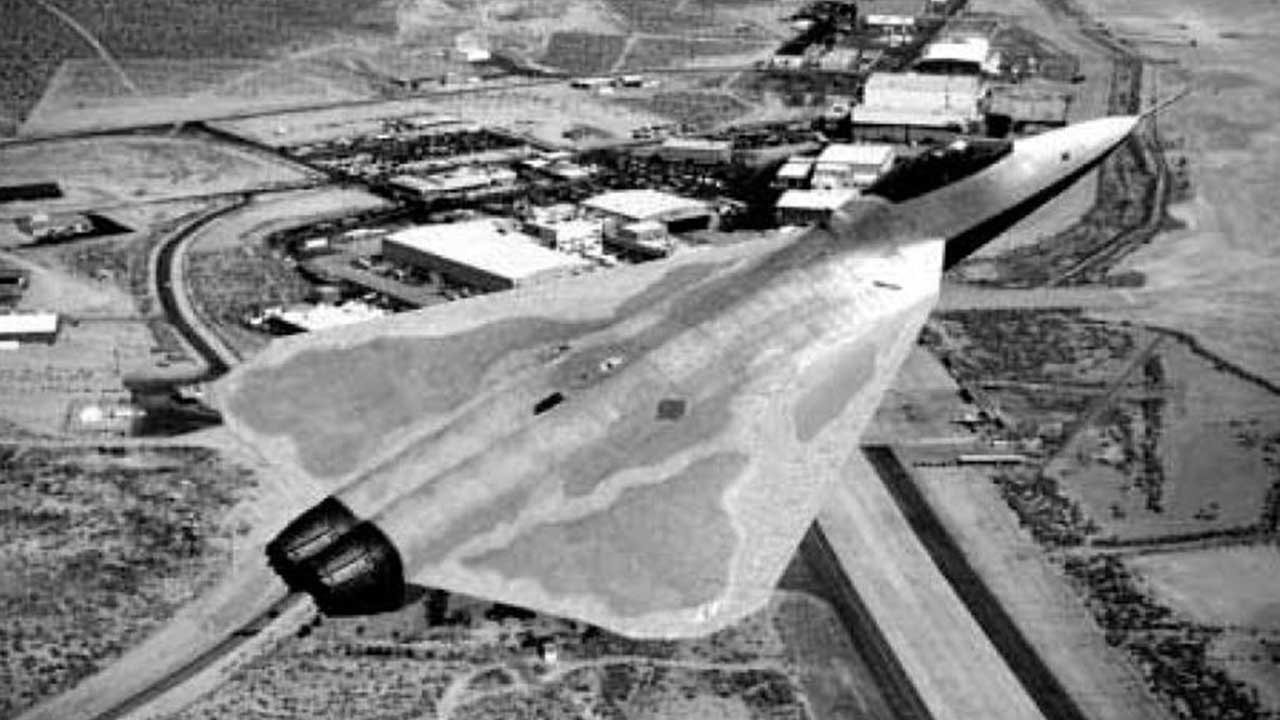
The X-44 Manta was a concept that could have reshaped modern aviation. Though it never took flight, this experimental design holds lessons for the cutting-edge aircraft of today, like the U.S. Air Force’s Next Generation Air Dominance (NGAD) program. Let’s explore what made the X-44 Manta so intriguing and how its ideas live on.
A Vision Beyond the F-22 Raptor

When Lockheed Martin’s F-22 Raptor debuted, it set a new standard as the world’s first fifth-generation fighter jet. However, Lockheed wasn’t content to stop there. Their engineers proposed a radical new design: the X-44 MANTA, short for Multi-Axis, No-Tail Aircraft.
This concept took the Raptor’s foundation and pushed it further. Imagine a stretched delta-wing design with no vertical tail fins—a sleek, tailless aircraft relying entirely on thrust vectoring for stability and maneuverability. Not only would this have enhanced stealth by reducing radar signatures, but it also promised unmatched agility (Source: Wikipedia). However, these advanced features would have made the plane harder to handle, posing a significant challenge for pilots.
The X-44’s Untapped Potential

The X-44 Manta wasn’t just about stealth and agility—it was also designed with firepower in mind. Planned armaments included a 20mm internal cannon, two AIM-9 Sidewinder missiles, and up to six AIM-120 AMRAAM missiles. It could even carry two GBU-32 Joint Direct Attack Munitions, making it a formidable force in the skies (Source: The National Interest).
But despite its promise, the program was scrapped in 2000 before even a prototype was built. The reasons remain unclear, though budget constraints and shifting priorities likely played a role (Source: Wikipedia). Still, the Manta’s innovative concepts didn’t vanish entirely.
Lessons from the Past Shape the Future

Fast forward to today, and the Air Force is working on the NGAD program—a sixth-generation fighter to replace the F-22. Interestingly, the NGAD shares key traits with the X-44, including a tailless, wedge-shaped design (Source: The National Interest). It will also incorporate advanced technologies like unmanned “loyal wingman” drones. These drones, officially named Collective Combat Aircraft, will fly alongside piloted jets, equipped with customizable weapons and systems to adapt to different missions.
Had the X-44 program advanced beyond the drawing board, it might have provided a head start for the NGAD and other modern aircraft. Instead, its concepts now serve as a reminder of what could have been.
Why the X-44 Manta Still Matters

While the X-44 never took to the skies, it stands out as an example of bold engineering and forward-thinking design. It aimed to redefine stealth and aerial combat in ways that continue to inspire current projects. As the U.S. Air Force develops the next generation of air dominance platforms, the lessons from the Manta’s design remain relevant.
In hindsight, the X-44 Manta feels like a missed opportunity—but one whose influence is still felt in today’s race to achieve air superiority.